When Maria Teresa came to power, everything was against her. But she did not give up, defeated her opponents and built a powerful empire.
Emperor Charles VI chose a fateful moment to die. Sitting on a slightly shaky throne, not only did he have no male heir, but he was also threatened by enemies from all sides. The countries of his monarchy occupied half of Europe, and some 20 million people lived under the scepter of the Habsburg house. The empire with its capital in Vienna was crackling at the seams and there was a risk of it falling apart.
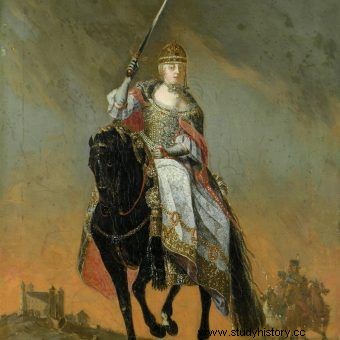
Maria Teresa on horseback (photo:public domain)
With the death of the ruler on October 20, 1740, the male Habsburg line died out. It was then that the most important woman in the history of this dynasty came to power.
Maria Teresa. Baba on the throne?
Maria Teresa Walburga Amalia Christina von Habsburg was born on May 13, 1717. When she was born, no one was happy. Her father wanted a son, but he never had a son. Instead, he had two daughters and a tough nut to crack.
In the years 1722-1723, the resigned emperor led all countries of the monarchy to adopt a pragmatic sanction:an edict according to which the lands gathered under his scepter were indivisible, and the full right of inheritance also extended to women. Thus Maria Theresa, by virtue of a pragmatic sanction, became the official heir to the throne.
This solution was also recognized by Spain, Russia, Prussia, Great Britain, the Netherlands, Hanover, the German Reich and France. It was enough, however, that Charles VI closed his eyes forever and everyone began to question them. As Sigrid-Maria Größing explains in his book "Habsburg Empresses" :
As there was no male heir, the opportunity finally came to break the power of the Habsburgs. The regent was twenty-three, pregnant and unprepared to rule; she was suddenly in a world of enemies who were just waiting to use weapons to deplete her possessions.
This then still petite, young woman took fate into her own hands from the very beginning [...]. She took on an impetus to rule that seemed beyond her abilities, especially since the enemies did not hesitate to attack immediately .
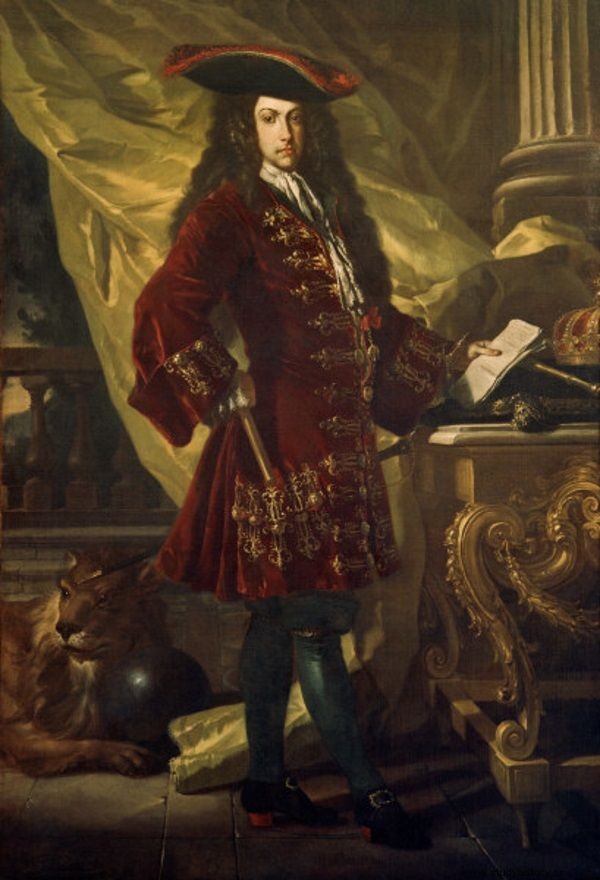
Charles VI Habsburg, father of Maria Theresa (photo:public domain)
The daughter of Emperor Charles VI took her new responsibilities extremely seriously. During her father's lifetime, practically no one prepared her to rule. Instead of educating her in this direction from an early age, her father pushed her away from himself and from state affairs. Nevertheless, the future Empress Maria Teresa of Habsburg did not think about accepting the role of a figurine.
Every day, she conferences for hours with her ministers and officials, wanting to gain the widest possible knowledge about what is happening in the state and how things are going on different fronts. Meanwhile, the situation was dramatic. The monarch's treasury was empty, the state was drowning in enormous debts, the army numbered only thirty thousand soldiers who were demanding overdue payments, who were scattered throughout the empire and deprived of adequate equipment. Vienna was struck by a famine and peasants around the capital were in turmoil. In addition, further provinces began to express their obedience to the metropolis, and rumors circulated around the country that the army of the Bavarian prince, who was going to take the crown, was marching towards Vienna.
Within a few months of the death of Charles VI, claims to the legacy of Maria Teresa were raised by the husbands of her father's nieces - the king of Poland August III and the prince-elector of Bavaria, Charles Albert. The king of Spain, part of the ruler of Sardinia, asked for everything for himself. Among the European leaders there was even a plan to partition Habsburg territory. It seemed that the fate of the empire was doomed, but the young ruler did not give up.
She had to start somewhere in her attempt to establish herself. As Sigrid-Maria Größing writes in the book "The Empress of the Habsburgs": :
In her time of need she turned to the Hungarians, who knightly - her then still beautiful woman, immediately rushed to help. With the great applause of the population and the country's powerful, she was crowned Queen of Hungary in Bratislava, and her husband was invited only as a spectator.
She played a real theater for her Magyar subjects. Decades earlier, the Habsburgs humiliated them, and now the Austrian archduchess has come to them, asking for protection. She posed as a victim who even runs under the protection of the wonderful Hungarian nation. She did not get out of the role all the time. To please the proud Magyars, she even started to learn male horse riding (and she did it while pregnant!). When she began to gain favor with the Hungarians, fate finally smiled at her - on March 13, 1741, she gave birth to her son Józef.
Card turns over
Having a male heir stabilized the future of the dynasty and at the same time raised Maria Theresa's position. The ruler used the boy in her game with Hungary. With she appeared in front of the local gentlemen with a baby in her arms, sobbing, and dramatically pleaded for them to protect their future king. The Hungarians announced that they were ready to die for Maria Teresa and Joseph, and on June 25, 1741, they crowned her queen.
In order to have any prospects for the preservation of power, Maria Teresa had to put matters in order also in her immediate surroundings. She inherited from her father advisers and officials who still remembered her grandfather's times. What's more, although she had no direct evidence, she knew that some of them were in the service of Prussia. In order not to cause scandal and unrest in the country, she approved them to remain in office, but did not intend to base her rule on them.
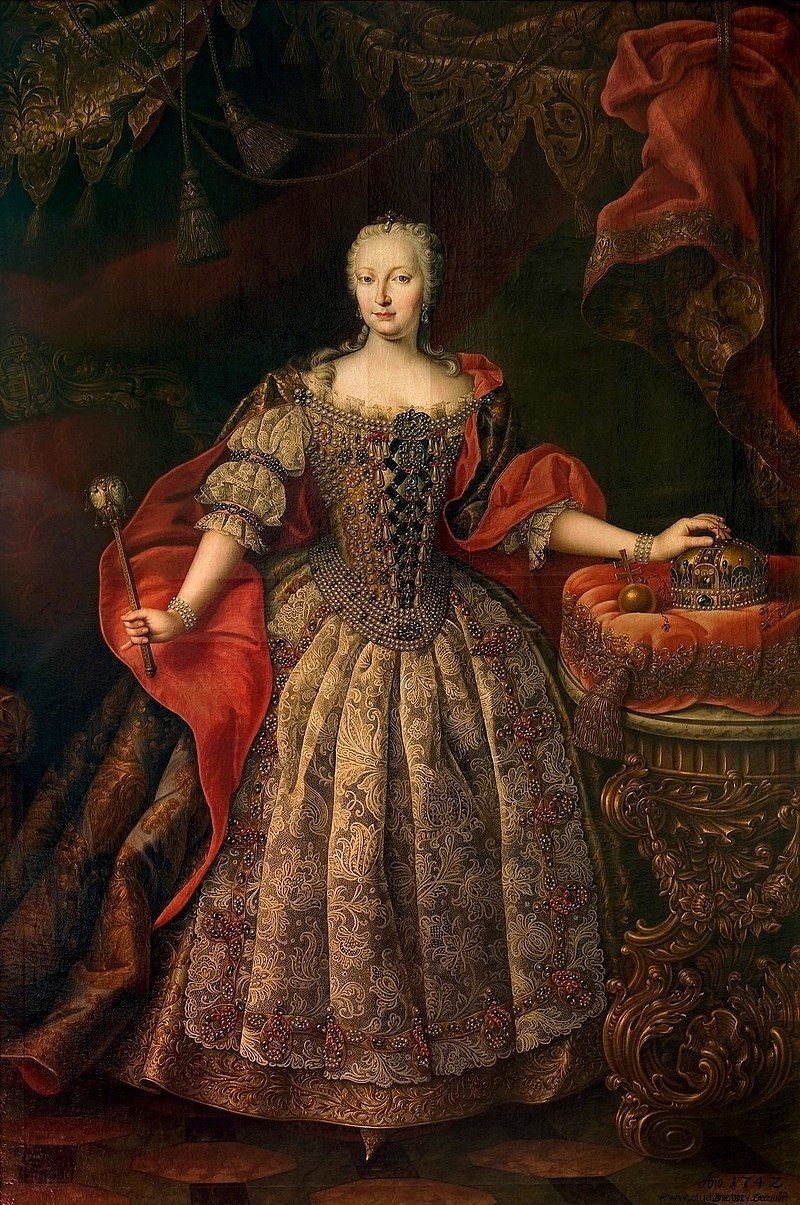
Empress in a Hungarian coronation dress (photo:public domain)
Also, my beloved husband, Franciszek Stefan, was completely unfit for this. It is true that his and his wife's life was good and the spouses loved each other. Due to her relationship with Francis I Stefan, Maria Teresa gave birth to sixteen children, including Emperor Joseph II, Grand Duke of Tuscany and Joseph's successor, Leopold II, and Marie Antoinette married to Louis XVI. However, to put it mildly, the mind of Franciszek Stefan was not his greatest asset. Fortunately, Maria Teresa, the queen of Bohemia and Hungary, found herself a man of everything, the Portuguese Manoel Telles de Menesen, who came from a poor noble family. He was her eyes and ears. He appeared every day in the ruler's rooms for an interview, having permission, and even a duty, to pound straight from the bridge.
Meanwhile, the war demanded the Archduchess. The most important players in European politics have banded against it. The coalition included Prussia, France, Spain and Bavaria. At first, Austria was alone in this fight. Her army was in a deplorable state, its borders unofficial and practically unguarded. But succumbing to the temptations of enemies was not an option. Maria Theresa's intuition knew perfectly well that the rulers would not last long as allies.
The first to reflect on ... Frederick II of Prussia. He realized that he would have to divide any possible territorial spoils with four coalition partners, which would make them gain too much importance at the expense of Austria. As Zbigniew Góralski, Maria Theresa's biographer explains, France grew in strength, the elector of Bavaria took Upper Austria and the Czech Republic and was crowned Emperor and King of Bohemia, and Bavaria and Saxony increased their territories. Fryderyk wrested Silesia for himself, after which he and Maria Teresa made peace.
They will still remember…
This moment of respite allowed the ruler to shake off a bit. In 1742, Saxony stopped fighting Austria, having won nothing during the war. When the pressure of enemies on all sides eased, Maria Teresa shifted the weight of the fighting towards Bohemia, wanting to regain Prague at all costs. It was then that she made a huge mistake entrusting the siege of the city ... to her husband. As a commander, Franciszek Stefan was utter mediocrity. So much so that when the French crew decided to leave Prague in January 1743, they did so completely undisturbed, carrying loot and hostages.
When the Czech Republic was in her hands again, Maria Teresa, Archduchess of Austria, began to crack down on the unfaithful subjects. The furious ruler passed harsh sentences. Karel Dawid, the leader of the rebellious peasants, found out about it. On the orders of Emperor Charles Albert, he mobilized forces to fight against Austria, for which Maria Teresa sentenced him to death. When the man was standing on the scaffold and was about to end his life with the help of the executioner, the ruler pardoned him. Nevertheless, the queen had no mercy for the peasants' actions. As her biographer Zbigniew Góralski emphasizes, they terrified her, disturbing the peace in the state. Rebels were forced into the army, forced to public works or forcibly transferred to another country of the monarchy.
The Jews of Prague did not survive the punishment. For treason and for the fact that they are simply not Catholics, Maria Teresa imposed a huge contribution on them. She considered herself an exemplary servant of the Lord, although she did not forgive the Church. She forced religious practices on the environment. The most important government official had to run to confession and communion and present her certificates.
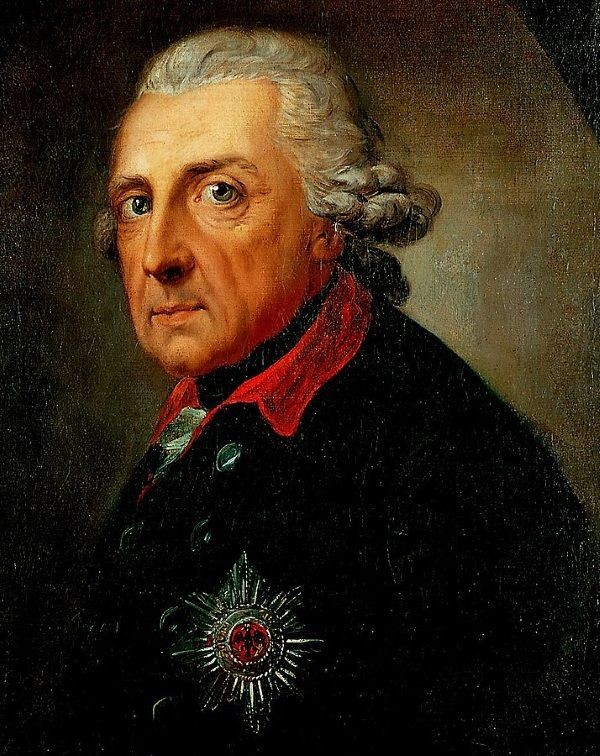
Fryderyk II (photo:public domain)
Such religiosity did not stop her from taxing the clergy properly, and even suppressing religious orders and seizing their property. Extracting money from the clergy, surprisingly, did not spoil her relationship with the papacy. Perhaps it was due to the policy that Queen Maria Teresa of Bohemia pursued towards dissenters. She expelled the Jews from Bohemia, and subjected thousands of Protestant families to brutal terror, arranging for them so-called "dragonades" (In their houses, dragoons were quartered, who were ordered to torment the inhabitants, destroying, plundering or making noise; all in order to force them to Catholicism ).
Maria Teresa - opportunist
Maria Teresa, however, was above all an extreme opportunist. According to the laws she introduced, the clergy were not allowed to accept orders from Rome, but when the papacy decided to dissolve the Jesuit order, she joyfully implemented it, fooling around on the congregation's property.
When, in turn, during the Bar Confederation, Kazimierz Poniatowski asked her for help in dealing with rebels who were hiding in Spisz against his royal brother, she could not miss this opportunity either.
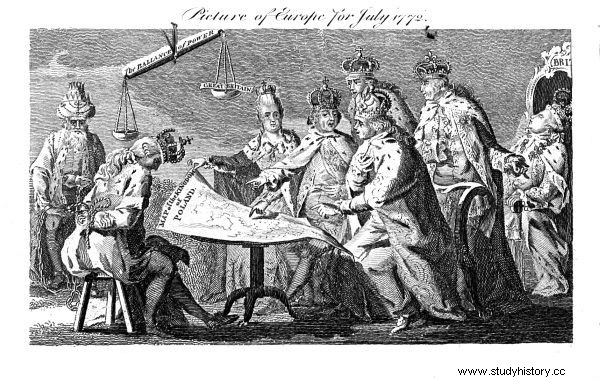
Satirical representation of Europe in 1772, British engraving (photo:public domain)
The government of Maria Theresa has long been working on documents to confirm the rights of the Habsburgs to the Spiš eldership that was once pledged to Poles. Now is the perfect time to openly file a claim. The Poniatowski family did not get any help from the south. Contrary. In May and June 1769, the army of Maria Theresa began to hammer the border posts with Habsburg eagles in Spisz.
Prelude to partitions
Poland was afraid to strongly oppose, so after some time the Austrians moved the poles, digging even deeper into the neighbor's territory. Only now, too late, Stanisław August Poniatowski sharply protested, to which the Empress (in 1745, Francis Stefan became emperor, although his wife - and the actual ruler - had never been formally crowned) pretended to be stupid. She claimed that she knew nothing about the partition and that as soon as the affairs of a neighbor harassed by the confederation calmed down, she would be willing to start talks with him. Meanwhile, the territory was incorporated into the monarchy. Empress Maria Teresa did the same as Frederick II did to her when the Seven Years' War (1756-1763) ended and he occupied Silesia, for which she hated him to the end.
A dozen or so months later, at the beginning of 1771, a plan appeared for a joint break-up of Polish territory by Russia, Prussia and Austria. Maria Teresa was cautious, officially she did not want to participate in the partition of Poland, although she herself began to pluck the lands from Stanisław August. In 1772, the three invaders threw themselves on Poland.
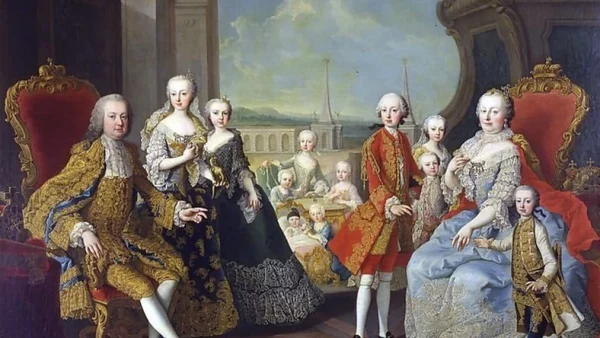
Empress Maria Theresa surrounded by her family
The Austrian army under the command of Archduke Joseph II was the most greedy. Maria Theresa's forces occupied more cities for races with the other two partners, and finally began to argue with other invaders about the most tasty morsels, such as salt mines or Lviv. Interestingly, the empress emphasized that what she had done would only be good for Poland, and the ruler's diplomats explained that the army was to ... "kindly" look after Polish affairs.
Tearing Poland apart was the last great gambit of the ruler of the Habsburg dynasty. Empress Maria Teresa, the queen of Bohemia and Hungary, was already starting to lose control of the country, and Joseph II took over the reign. She died on November 29, 1780 in Vienna.
Sources:
- Abbott J.S.C., History of the Habsburg Empire:Rise and Decline of the Great Dynasty:The Founder – Rhodolph's Election as Emperor, Religious Strife in Europe, Charles V, The Turkish Wars, The Polish War, Maria Theresa, The French Revolution &European Coalition , Madison &Adams Press 2018.
- Dawson Beales D.E., Joseph II:Volume 1, In the Shadow of Maria Theresa, 1741-1780 , Cambridge University Press 1987.
- Größing S.M., Empress of the Habsburgs , Lira 2019 publishing house.
- Judson P.M., The Habsburg Empire , The Belknap Press of Harvard University P ress 2016.
- Kann R.A., David Z. V., The Peoples of the Eastern Habsburg Lands 1526-1918, University of Washington Press 1984.
- Winder S., Danubia. A Personal History of Habsburg Europe , Picador 2015.
